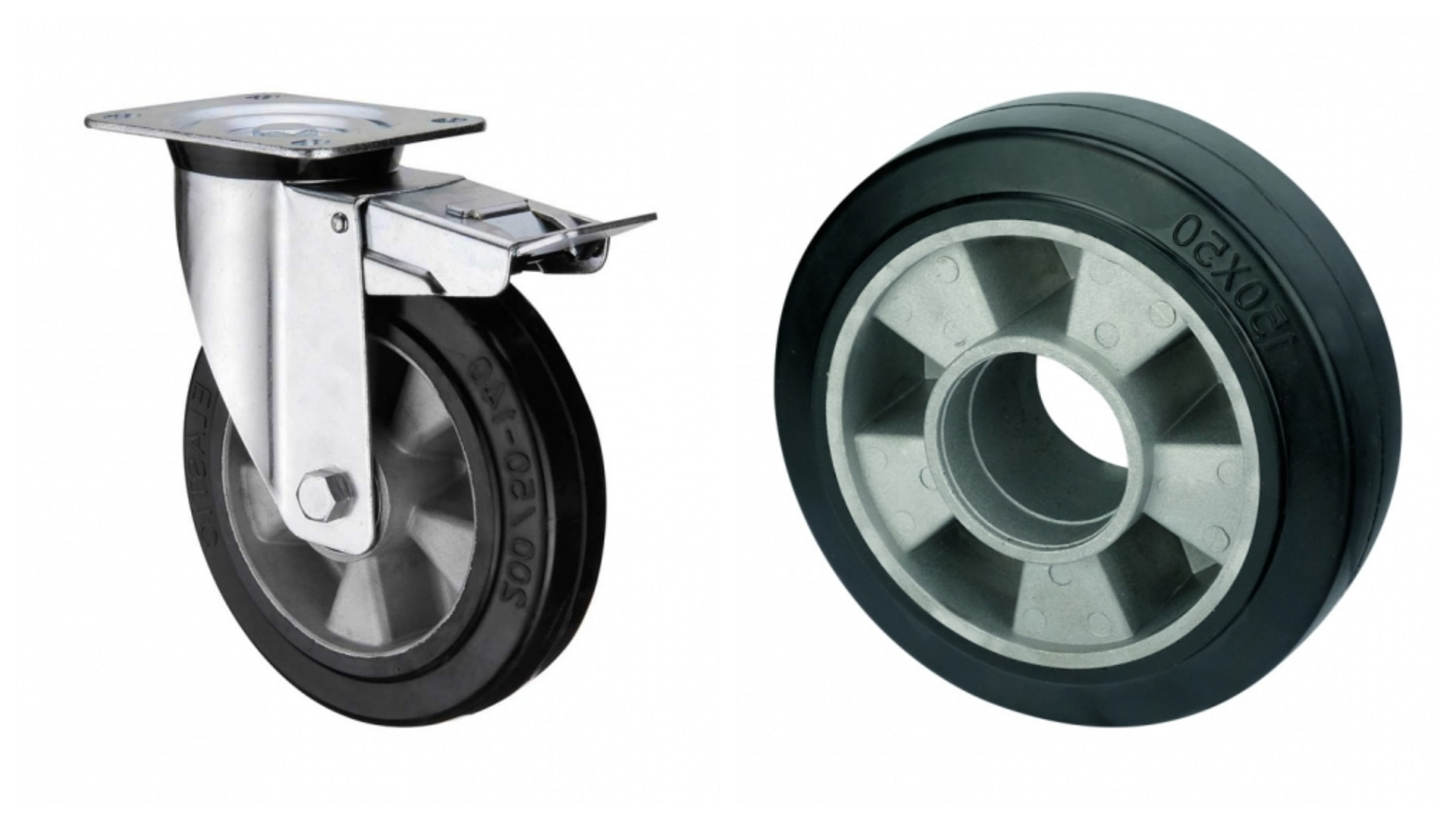What are Casters? Differences Between Casters vs Wheels
Jun 18 , 2024

Casters and wheels are essential components for mobility in various applications, but they are not the same.
A caster consists of the rig (the part that holds the wheel) and the wheel. It mounts to the bottom of a larger object, such as a cart or dolly, so operators can easily move the object. Casters come in different materials, wheel diameters, tread widths, load ratings, and overall heights to give your equipment mobility in many kinds of work environments.
Here's a detailed explanation of each and their differences:
Definition: Casters are assemblies that include a wheel and a mounting system. They are designed to be attached to the bottom of an object, allowing it to move easily.
Components:
Types of Casters:
Applications: Casters are used in furniture, industrial equipment, medical equipment, office chairs, carts, and many other items that require mobility.
Definition: Wheels are simple circular components that rotate around an axle. They are one part of a caster but can also be used independently.
Components:
Types of Wheels:
Applications: Wheels are used in vehicles, machinery, toys, and various devices that require rolling movement.
1. For Functionality: Casters provide a complete mobility solution, often including a swiveling mechanism for better maneuverability while wheels are basic rolling components that need additional hardware to attach to objects and provide mobility.
2. For Usage: Casters are typically used in applications where an object needs to be easily moved and often requires changing directions. Wheels are used where straight-line movement is sufficient or in combination with other components to create more complex mobility solutions.
3. For Complexity: Casters are more complex, involving multiple components and mechanisms. Wheels are simpler, often just a single rolling part.
4. For Installation:Casters are usually attached using a mounting plate or stem, involving more installation steps. Wheels are attached directly to an axle, which might be part of the object or a separate assembly.